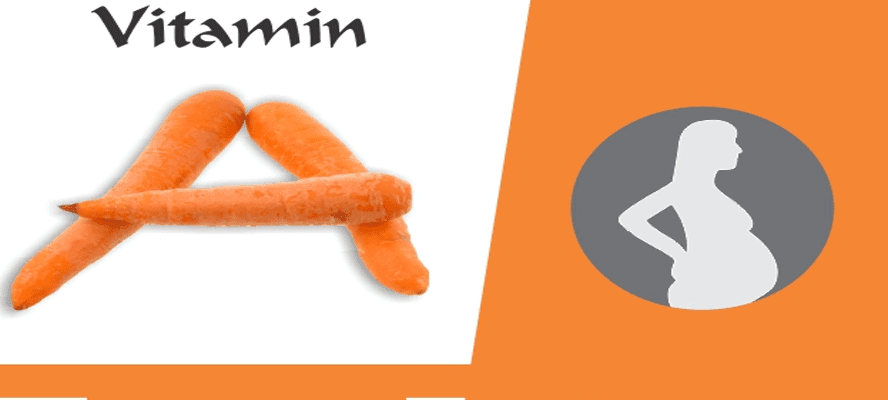Vitamins are micronutrients which play a crucial role in maintaining various biological processes in human body. These are classified broadly into two groups, viz. water-soluble and fat-soluble. Vitamin A is an important member of fat-soluble vitamins group which plays a vital role in maintaining good vision and aids cellular growth.








